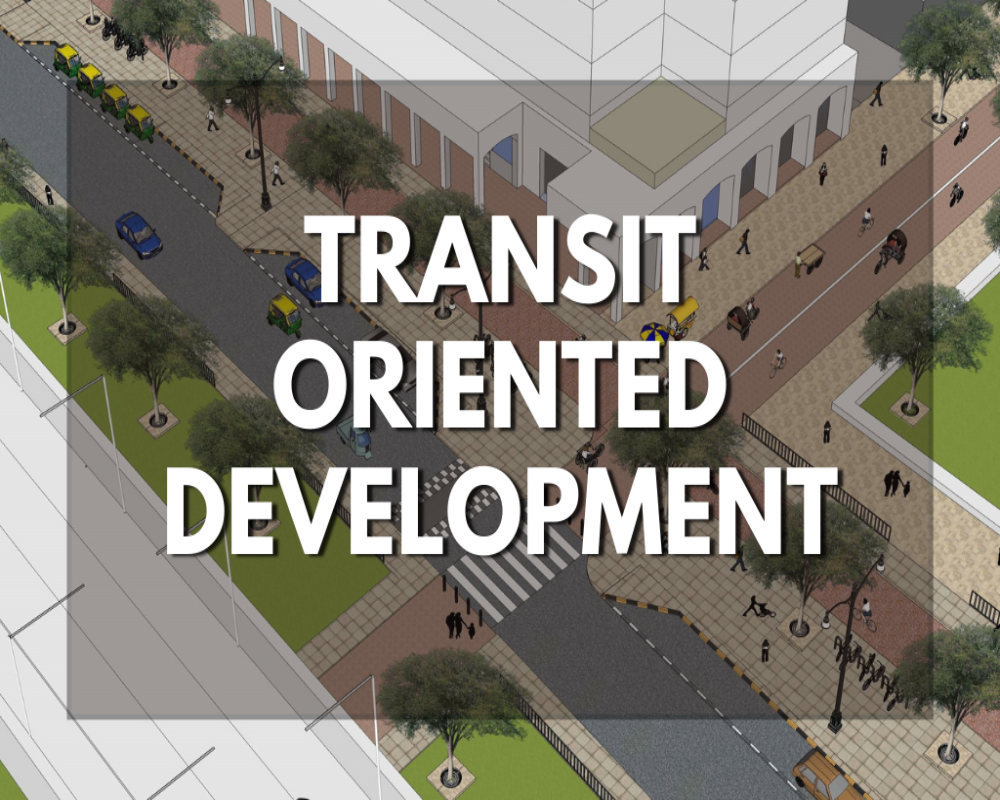Transit-Oriented Development (TOD) projects are triggering major revisions in commercial land prices around key transportation hubs like metro stations, airports, and express corridors. Authorities are adjusting guidance values upward in zones where TOD initiatives promise high-density, mixed-use growth with seamless connectivity. Easy access to mass transit systems enhances commercial viability, making retail, office, and hospitality projects more attractive. As a result, commercial plots near planned or operational transit nodes are commanding substantial premiums. TOD is reshaping how cities prioritize land valuation around mobility infrastructure.
Guidance revisions are being based not only on existing connectivity but also on future transit expansion plans formally approved by urban planning authorities. Areas mapped for TOD receive incentives for higher floor space index (FSI), integrated land-use policies, and infrastructure upgrades, all boosting land potential. Investors and developers are closely tracking upcoming transit projects to position themselves for capital appreciation opportunities. However, authorities are balancing price hikes by ensuring they reflect tangible infrastructure progress, not just speculation. Verified transit timelines and project milestones are key factors in determining new guidance values.
This shift underscores a broader trend where urban mobility is becoming a central driver of commercial land economics. Transit-linked land parcels offer businesses operational advantages like higher customer footfall, better employee access, and lower logistics costs. By revising commercial land valuations to account for TOD benefits, governments aim to encourage more sustainable, compact urban growth. Investors who align with transit-centric strategies are likely to see stronger, long-term asset performance. In the coming years, TOD corridors will increasingly define the most valuable and vibrant commercial real estate zones across major cities.


